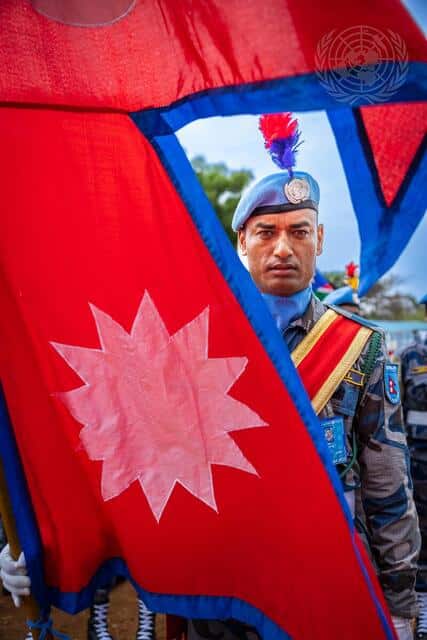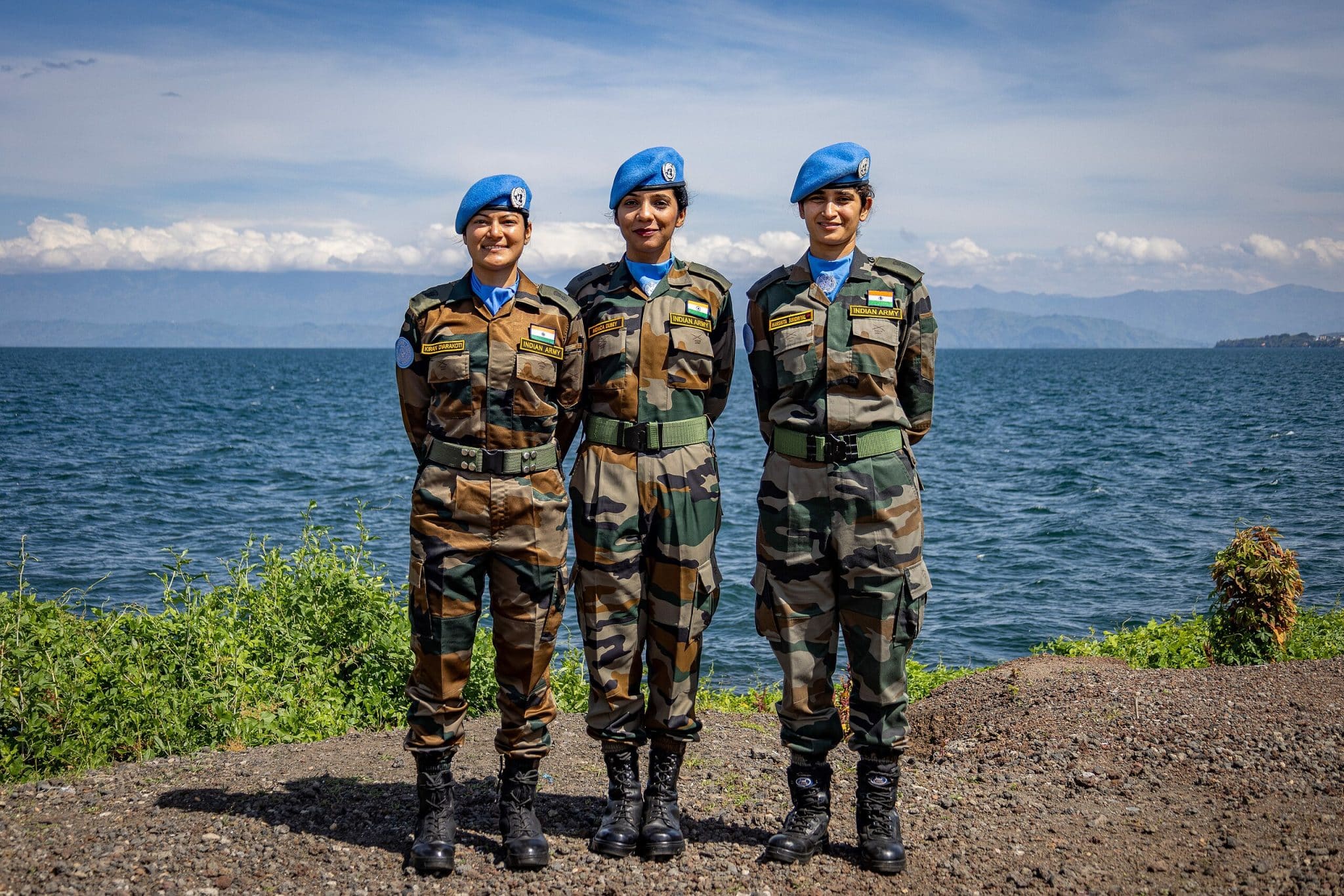For 76 years, United Nations peacekeepers have worked to save and change lives in the world’s most fragile political and security situations.
Studies show that more UN Peacekeepers in conflict areas means fewer civilian deaths, less violence and a higher chance of lasting peace.
Observed under the theme “Fit for the future, building better together,” this year’s International Peacekeepers Day, 29 May, looks at the invaluable contributions military, police and civilian peacekeepers have made over the last seven and a half decades.
Here are ten facts about UN Peacekeeping:
11 Operations

Currently, there are 11 UN Peacekeeping operations. Their role is to help countries torn by conflict create conditions for lasting peace.
Five are in Africa: Western-Sahara (MINURSO), D.R. Congo (MONUSCO), Central African Republic (MINUSCA), South Sudan (UNMISS) and Abyei/Sudan/South Sudan (UNISFA)
Two are in Europe: Kosovo/Serbia (UNMIK) and Cyprus (UNFICYP).
Three are in the Middle East: Lebanon (UNIFIL), Israel/Syria (UNDOF), Middle-East (UNTSO)
One is in Asia: India/Pakistan: (UNMOGIP)
6,124
The number of uniformed personnel from Nepal that serve in UN Peacekeeping– the biggest contribution from any single country. India, Bangladesh and Rwanda also contribute around 6,000 peacekeepers each country.

0.5% of military spending
The annual budget for UN Peacekeeping is $6.1 billion, or only 0.5% of global military spending.
As a matter of fact the budget is right between the military budgets of Denmark and Switzerland. It is considerably less than the costs of the New York Police and the Paris Olympics ($10 billion).
The United States (27.89%), China (15.2%) and Japan (8.5%) are the biggest contributors to UN Peacekeeping.
2 million blue helmets
Over the past 75 years, 2 million women and men from 124 countries have served in 71 Peacekeeping operations. That is the equivalent of the population of North Macedonia, Latvia and Slovenia or Paris, Vienna and Hamburg.

72,255
is the current number of UN Peacekeepers.
It is a bit more than the population of Greenland (60,000) and the Cayman Islands (68,000) and roughly the equivalent of the population of the cities of Hasselt (Belgium), Noisy-le Grand (France) or Esbjerg (Denmark).
It could fit into a medium to large football stadiums such as Stade de Vélodrome, Athens Olympics, Stadio Olimpico or the London Stadium.
4,370
The International Day pays tribute to the service and sacrifice of peacekeepers and honours the more than 4,000 peacekeepers who have lost their lives serving for peace.
Of the 4,370 UN peacekeepers who have lost their lives serving under the UN flag, 1,601 died due to illness, 1,403 in accidents and 1,130 to malicious acts.
More than 3,000 of the casualties were military.

3 x women
By 2028, UN Peacekeeping aims to triple the number of female military members and double the number of police women. 6,249 women serve in UN Peacekeeping as military, police or staff officer – 9.7 % of the total.

1.13 billion dollars
Is the annual cost of the biggest and most expensive UN Peacekeeping mission, MONUSCO, in the Democratic Republic of Congo. A total of 23,000 Peacekeepers serve in the mission, which was established in 2010.
1st
The first UN peacekeeping mission was established in May 1948, when the UN Security Council authorized the deployment of a small number of UN military observers to the Middle East to form the United Nations Truce Supervision Organization (UNTSO) to monitor the Armistice Agreement between Israel and its Arab neighbours. The mission is still in existence.
1 Nobel

In 1988 UN Peacekeeping Forces were awarded the Nobel Peace Prize. “The peacekeeping forces of the United Nations have, under extremely difficult conditions, contributed to reducing tensions where an armistice has been negotiated but a peace treaty has yet to be established,” the Nobel Committee said in its statement.

